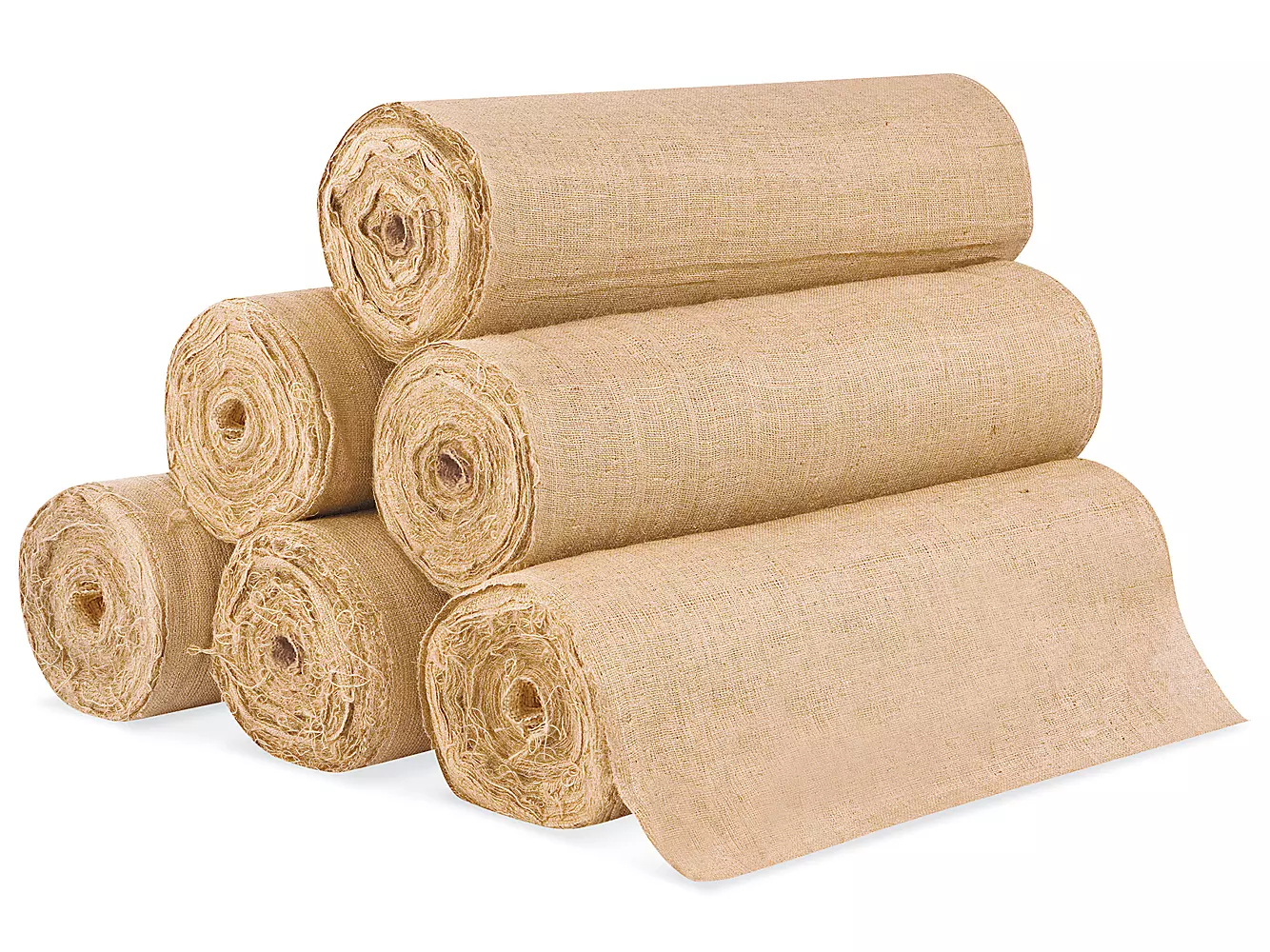- June 27, 2024
- Posted by: wellcoindustries
- Categories: Burlap, Erosion Control
Introduction
Burlap, a durable and versatile fabric made from jute or hemp fibers, has been a staple in gardening for many years. Its natural properties make it an eco-friendly choice for various gardening applications. This article explores the benefits and uses of burlap rolls in gardening, offering practical tips for gardeners of all levels.

What is Burlap?
Burlap is a coarse, woven fabric traditionally made from fibers of the jute plant. It is known for its strength, durability, and versatility, making it a popular choice for various agricultural and gardening purposes. Burlap is available in rolls, which can be easily cut and shaped to suit different needs.
Benefits of Using Burlap in Gardening
Eco-Friendly Material
Burlap is a natural fiber, which makes it an environmentally friendly option compared to synthetic materials. It is made from jute or hemp, both of which are renewable resources.
Biodegradable
One of the significant advantages of burlap is its biodegradability. Unlike plastic or synthetic materials, burlap decomposes naturally, reducing waste and environmental impact.
Durable and Versatile
Burlap is strong and durable, able to withstand various weather conditions. Its versatility allows it to be used in numerous gardening applications, from soil erosion control to plant protection.
Common Uses of Burlap in Gardening
Soil Erosion Control
Burlap rolls are commonly used to prevent soil erosion on slopes and in areas with loose soil. The fabric stabilizes the soil, preventing it from being washed away by rain or wind.
Plant Protection
Burlap can be used to protect plants from harsh weather conditions, such as frost or excessive heat. It acts as a barrier, shielding plants while allowing air and moisture to pass through.
Weed Suppression
When used as a ground cover, burlap effectively suppresses weeds by blocking sunlight and reducing the chance for weed seeds to germinate.
Composting
Burlap can be incorporated into compost piles. Its natural fibers break down and add valuable organic matter to the compost, enhancing its quality.
How to Use Burlap Rolls in Your Garden
Installing Burlap for Soil Erosion Control
- Preparation: Clear the area of debris and level the soil.
- Installation: Lay the burlap roll over the area, ensuring it covers the entire slope or loose soil patch.
- Securing: Use garden staples or stakes to secure the burlap in place.
- Finishing: Overlap edges to prevent gaps and ensure complete coverage.
Using Burlap for Plant Protection
- Wrapping Plants: Wrap burlap around plants to shield them from frost or heat.
- Creating Shade: Use burlap to create shade structures for sensitive plants.
- Wind Breaks: Set up burlap barriers to protect plants from strong winds.
Applying Burlap for Weed Suppression
- Site Preparation: Remove existing weeds and level the soil.
- Laying Burlap: Spread the burlap roll over the area where you want to suppress weeds.
- Securing: Anchor the edges with garden staples or stones.
- Cutting Holes: Cut holes in the burlap where you want to plant your crops.
Incorporating Burlap into Composting
- Cutting Burlap: Cut the burlap into small pieces to speed up decomposition.
- Layering: Add burlap pieces to the compost pile, alternating with other compost materials.
- Mixing: Regularly mix the compost to ensure even decomposition.
Conclusion
Burlap rolls offer numerous benefits for gardeners, from preventing soil erosion to protecting plants and suppressing weeds. Their eco-friendly and biodegradable nature makes them a sustainable choice for various gardening applications. By incorporating burlap into your gardening practices, you can enhance your garden’s health and productivity while supporting environmental sustainability.
